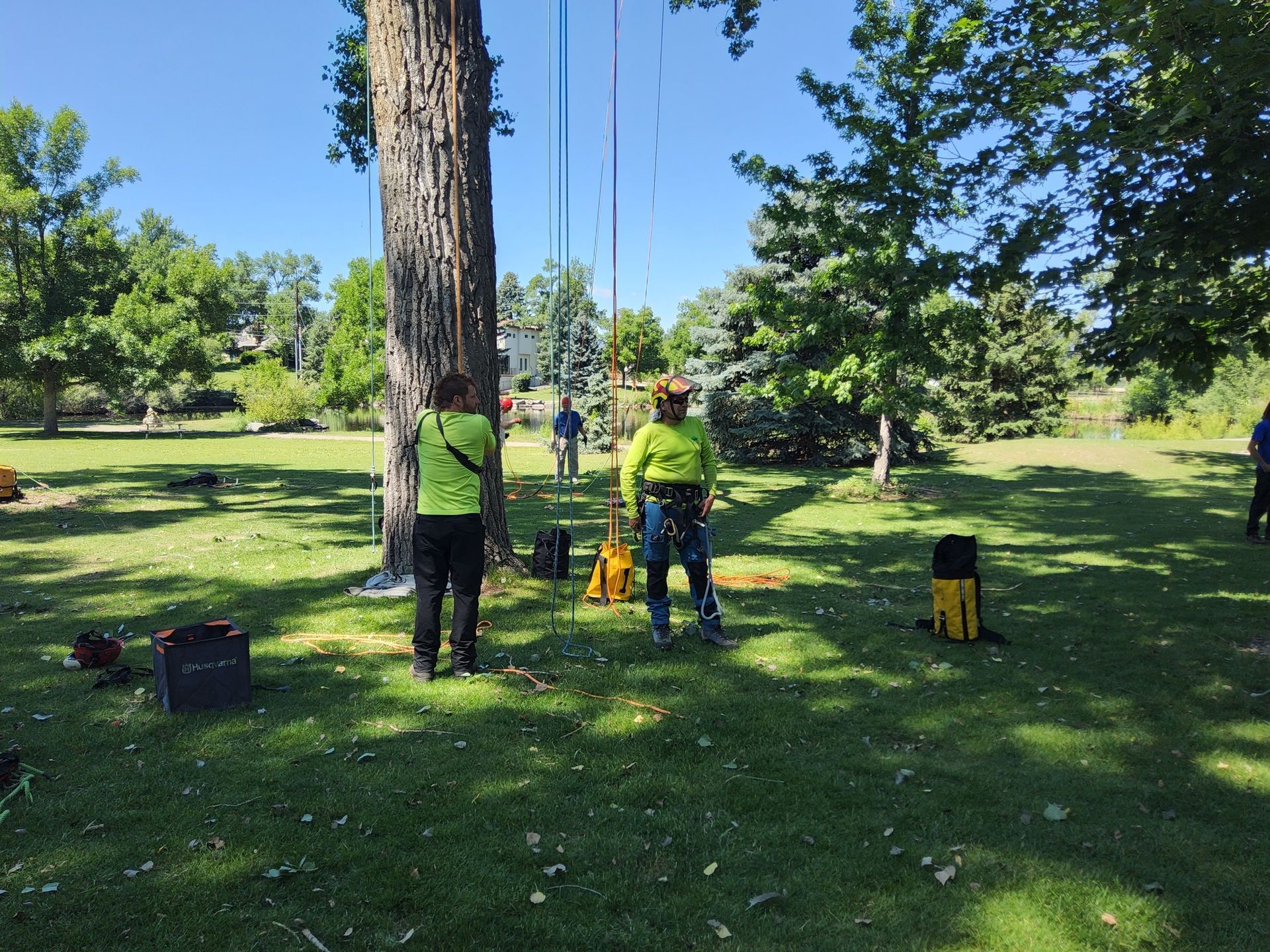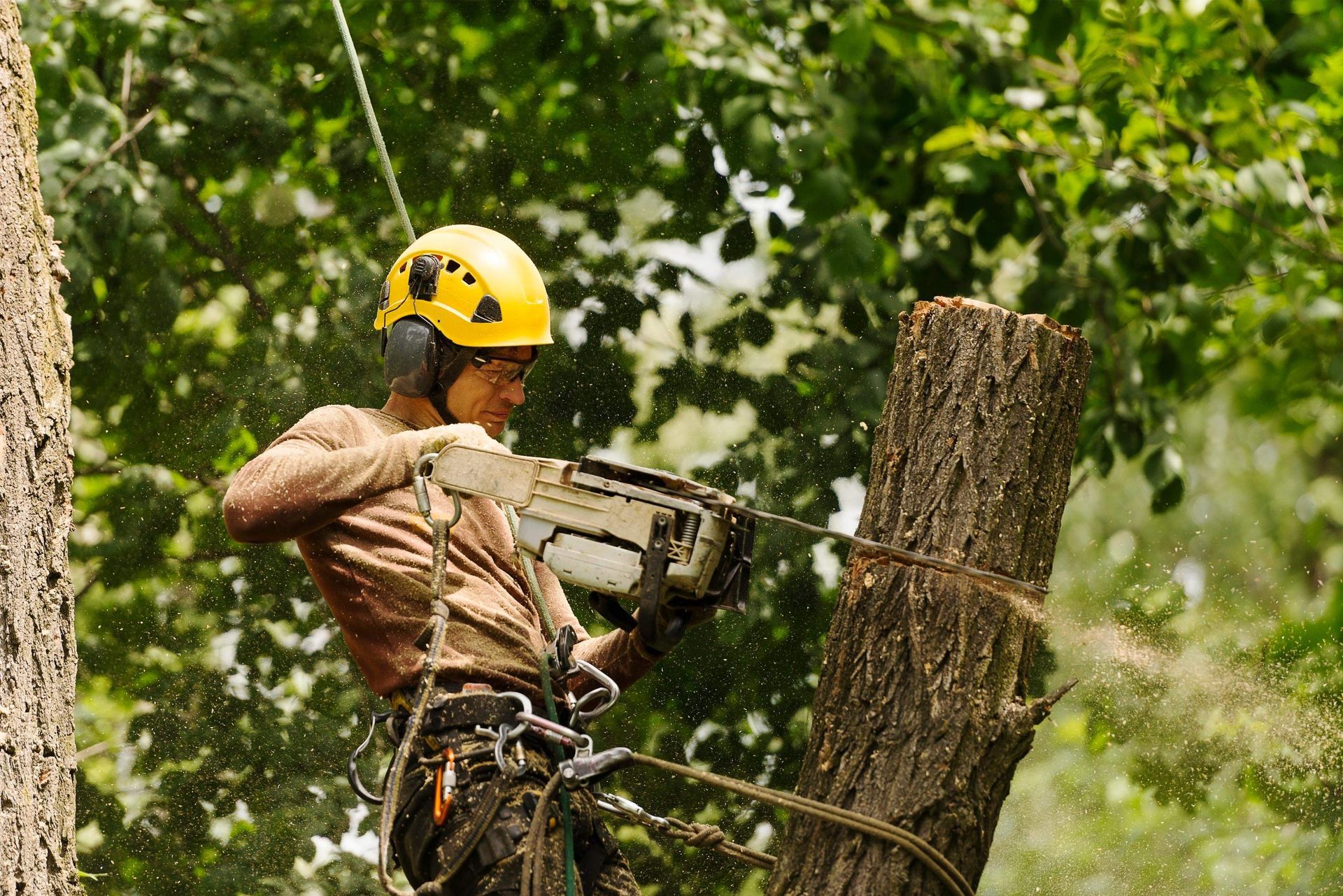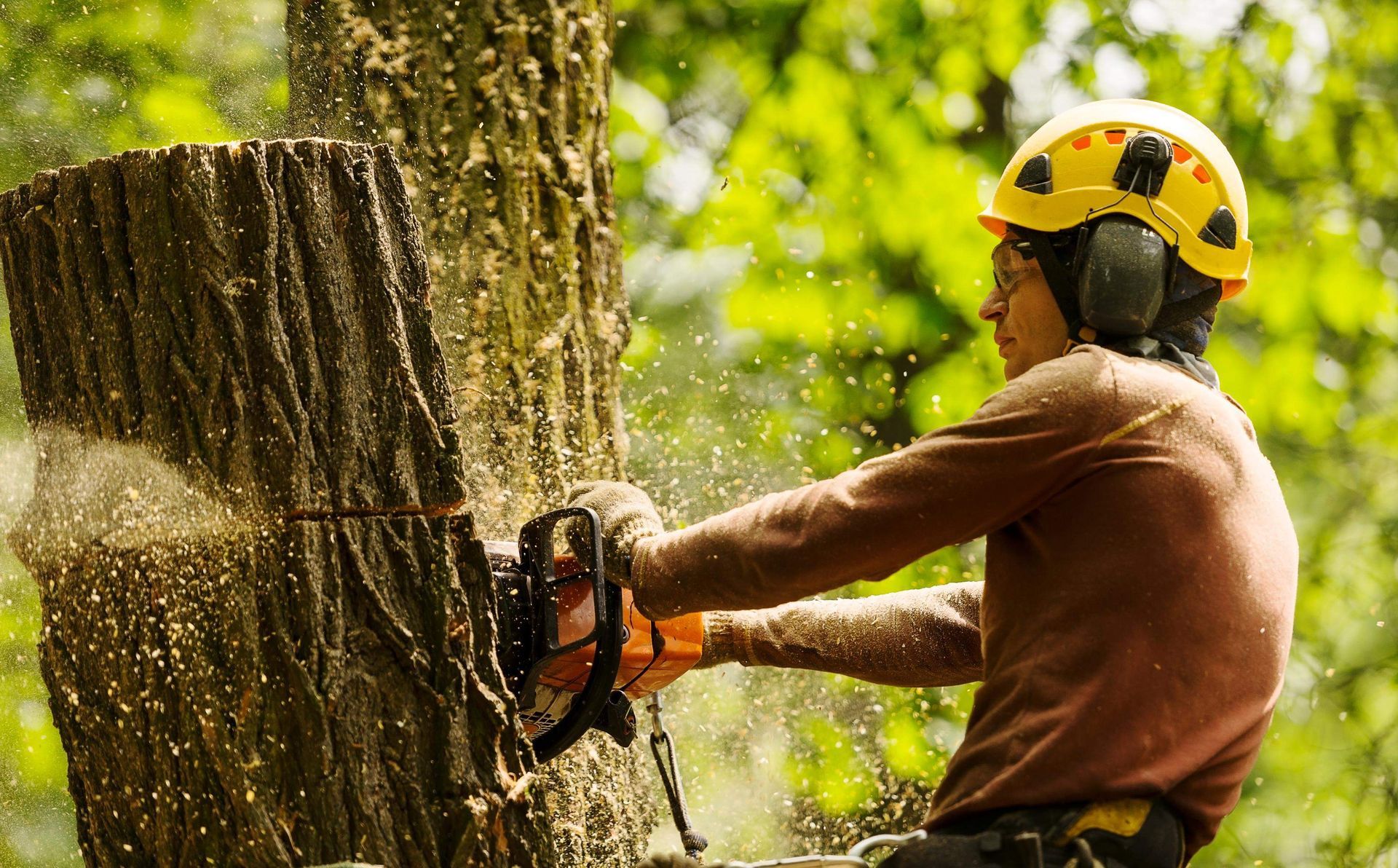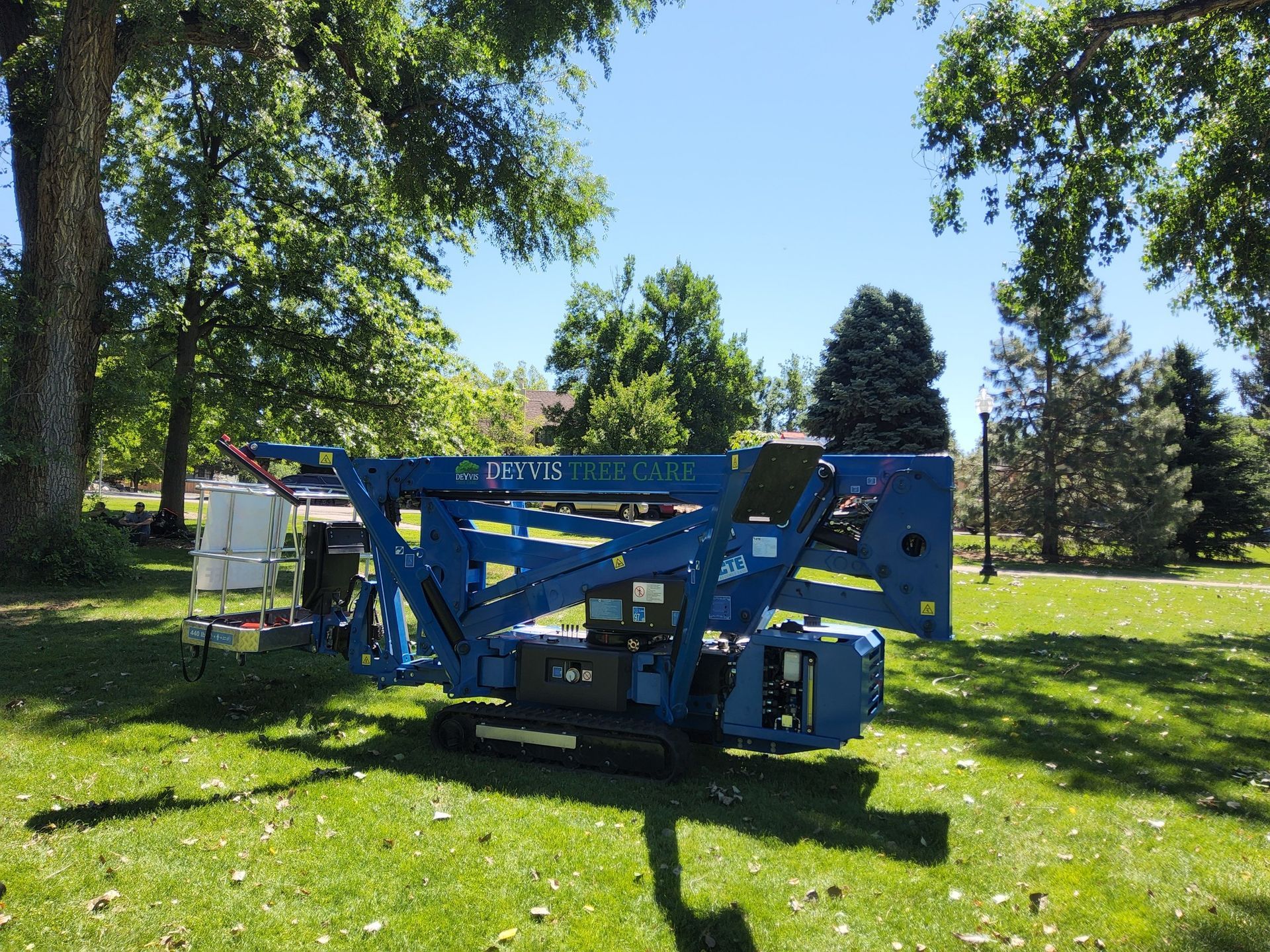Why Tree Inspections Are Essential Before Colorado’s Storm Season

Table of Contents
- Colorado’s Ever-Changing Weather and What It Means for Your Trees
- How Professional Tree Inspections Protect Homes and Property
- Warning Signs That Your Trees Need Attention
- Why Regular Inspections Are Key for Storm Damage Prevention
- When to Rely on an Emergency Tree Service
- The Local Expert’s Approach to Tree Care
- Keeping Trees Strong and Safe Year-Round
- Final Thoughts
Key Takeaways
- Routine tree inspections identify hidden structural issues before severe weather arrives.
- Early maintenance offers the best storm damage prevention strategy for Colorado homeowners.
- A trusted emergency tree service can save your property from costly post-storm damage.
- Staying proactive ensures your trees remain healthy, stable, and long-lasting.
Colorado’s Ever-Changing Weather and What It Means for Your Trees
If there’s one thing we all know about living in Colorado, it’s that the weather never really plays by the rules. One afternoon it’s calm and sunny, and by evening, strong winds can roll in with rain, hail, or even a surprise snow flurry. It’s part of what makes this state so unique — but it’s also what makes maintaining healthy trees absolutely critical.
We’ve seen homeowners underestimate the power of a quick summer storm more times than we can count. A gust of wind can snap off weak limbs, and a soaked root system can send a leaning tree crashing into a fence or a roof. The truth is, most of that damage can be prevented with regular tree inspections before storm season hits. These proactive evaluations are the foundation of storm damage prevention, helping Colorado homeowners avoid costly repairs.
If a tree is already compromised or poses a safety risk, timely tree removal services may be necessary to protect your property. And when unexpected situations arise, knowing you have access to a trusted emergency tree service can make all the difference in preventing further damage.
When we talk to property owners about this, many are surprised to learn that trees often show signs of trouble long before disaster strikes. You just have to know what to look for — and that’s where a trained eye makes all the difference.
How Professional Tree Inspections Protect Homes and Property
Let’s face it: trees don’t always make their problems obvious. On the surface, a maple or spruce might look perfectly fine, but inside, it could be struggling with decay or a weak branch attachment. A professional tree inspection digs deeper than appearances.
When we conduct an inspection, we don’t just glance at the canopy. We check everything from the roots to the crown. That means examining soil stability, trunk structure, and branch strength. We look for early signs of disease, internal rot, or stress cracks that could cause major problems when heavy winds hit.
Take one example from last year — a homeowner in Grand Junction called us after a large limb split off during a late-spring storm and narrowly missed their deck. When we inspected the rest of the tree, we found several hidden fractures inside the trunk that had been there for months. If we’d been called earlier, a proper pruning and support system would’ve prevented the break altogether.
That’s the value of a proactive approach. By spotting issues early, you don’t just protect your trees; you protect your home, your family, and your peace of mind.
Warning Signs That Your Trees Need Attention
We often tell clients that trees have their own way of asking for help — you just have to listen. Some signs are obvious, but others can be subtle until it’s too late. If you notice any of these, it’s time to schedule a tree inspection:
- Branches hanging directly over your roof, garage, or power lines.
- Cracks or splits running down the trunk.
- Mushrooms or soft spots forming near the roots.
- Uneven leaf growth or a thinning canopy.
- Trees leaning further after recent storms.
Sometimes it’s not one big problem but a combination of small ones that create risk. A little fungus on the bark might not seem like a big deal now, but add heavy snow or gusty winds, and suddenly the weakened area can’t hold up.
We’ve walked through many yards after storms where the damage could have been prevented with just a single inspection and a bit of maintenance. It’s frustrating — but also motivating. Every time we see that kind of preventable loss, it reinforces why we take storm damage prevention so seriously.
Why Regular Inspections Are Key for Storm Damage Prevention
You wouldn’t ignore your car’s maintenance before a long road trip — the same logic applies to your trees before storm season. Storm damage prevention starts with understanding your trees’ condition long before dark clouds gather on the horizon.
Colorado’s storms can arrive with little warning. Wind shear, lightning, hail, and heavy, wet snow all put extreme pressure on tree branches. A single weak point can become the breaking point that sends a limb crashing down.
Through regular tree inspections, we identify those risks early. If a branch needs pruning or a tree needs bracing, we can take care of it before the weather tests its limits. The idea is to strengthen your trees so they can withstand whatever nature throws their way.
We’ve seen how small steps make a huge difference — pruning a few vulnerable limbs, cabling a weak fork in the trunk, or improving soil drainage can save you thousands in property damage later. These proactive measures also help your trees grow stronger, healthier, and more resilient over time.
For homeowners who think inspections are just for older trees, think again. Even young or recently planted trees can develop structural issues that go unnoticed until they’re put under stress.
When to Rely on an Emergency Tree Service
No matter how well-prepared we are, sometimes nature wins. When a tree comes down unexpectedly or a large branch blocks your driveway, that’s when an emergency tree service becomes essential.
After a major storm, we often get calls from worried homeowners in the middle of the night. A branch might be resting on a roof, or an entire tree may have uprooted near a fence line. In those moments, safety is the top priority — and you need professionals who can act fast and handle it safely.
Our approach to emergency service is simple: quick response, safe removal, and long-term prevention. We assess the immediate danger first — checking for downed power lines or unstable limbs — then carefully remove the threat without causing further damage. Afterward, we evaluate what went wrong and what can be done to prevent future incidents.
Many people don’t realize that calling an emergency tree service right away can actually save a tree. Not every storm-damaged tree has to be removed. With the right care and pruning, some can recover completely. Acting quickly gives us the best chance to save it and reduce risk at the same time.
The Local Expert’s Approach to Tree Care
We’ve worked in Colorado long enough to know every neighborhood has its quirks. The soil composition in one area can be completely different just a few miles away, and that affects how roots grow and how trees respond to stress. That local understanding is what makes a big difference in how we handle tree inspections and maintenance.
When we visit a property, we take the time to understand the landscape. We look at how wind patterns move through your yard, whether the soil drains properly, and how nearby structures might affect tree stability. It’s not just about trimming branches — it’s about reading the environment and predicting how it will behave during extreme weather.
We also like to keep things personal. Most of our clients have been with us for years, and they trust our recommendations because they know we treat every property like it’s our own. We’re not just checking boxes; we’re making sure every decision we make is in the best interest of your home and your trees.
Keeping Trees Strong and Safe Year-Round
trees can remain healthy and strong all year. We usually recommend at least one tree inspection per year — ideally in late spring or early summer, before the heaviest storms arrive.
Between professional visits, there are simple things you can do to help your trees thrive:
- Keep an eye on soil moisture — both overwatering and drought can weaken roots.
- Mulch around the base to protect roots from temperature swings.
- Avoid piling soil or debris against the trunk.
- Watch for small changes like leaning or thinning leaves.
If you ever feel unsure, contact our team for advice or a quick evaluation. That’s what we’re here for. Trees are living systems, and they respond best to consistent care. The more attention you give them now, the better they’ll perform when nature puts them to the test.
We like to think of it as an investment in safety, beauty, and longevity. A well-cared-for tree not only withstands storms better but also adds lasting value to your property.
Final Thoughts
Colorado’s storm season isn’t going anywhere — and the truth is, we can’t control the weather. But we can control how prepared we are for it. Regular tree inspections, preventive maintenance, and access to a reliable emergency tree service make all the difference between a stressful cleanup and a smooth recovery.
We’ve seen firsthand how proactive homeowners save themselves from major headaches and costly repairs. Whether it’s pruning a few branches or addressing structural weaknesses, the time to act is before the storms roll in — not after.
At Tree Climbers Services, we’re proud to help Colorado homeowners stay safe and keep their trees healthy year-round. If you’re ready to prepare your property for the coming storm season, contact our experts today or visit Tree Climbers Services to schedule your inspection.
Because when the next storm hits, you’ll want your trees — and your peace of mind — standing strong.
Frequently Asked Questions
Why do we recommend regular tree inspections before storm season?
We recommend regular tree inspections to spot weak branches, root issues, or decay before Colorado’s storms hit. By catching problems early, we can prevent major storm damage and keep your property safe all year long.
How do our tree inspections help with storm damage prevention?
Our detailed tree inspections identify risks that could lead to broken limbs or fallen trees during heavy winds and snow. With proper pruning and care, we strengthen your trees and create a solid storm damage prevention plan.
When should you call us for an emergency tree service?
You should call us for an emergency tree service if a storm causes a fallen tree, cracked trunk, or branches blocking your driveway or roof. We respond quickly to handle the danger safely and prevent further damage to your property.
What happens during a professional tree inspection?
During our tree inspections, we examine everything from the roots to the canopy. We check for disease, cracks, and soil instability so we can recommend the right solutions to keep your trees strong and secure before storm season.
Can we help after a storm has already caused damage?
Absolutely. Our emergency tree service is available to safely remove fallen branches or damaged trees after storms. We’ll also inspect nearby trees to prevent more issues and help you recover quickly and safely.



